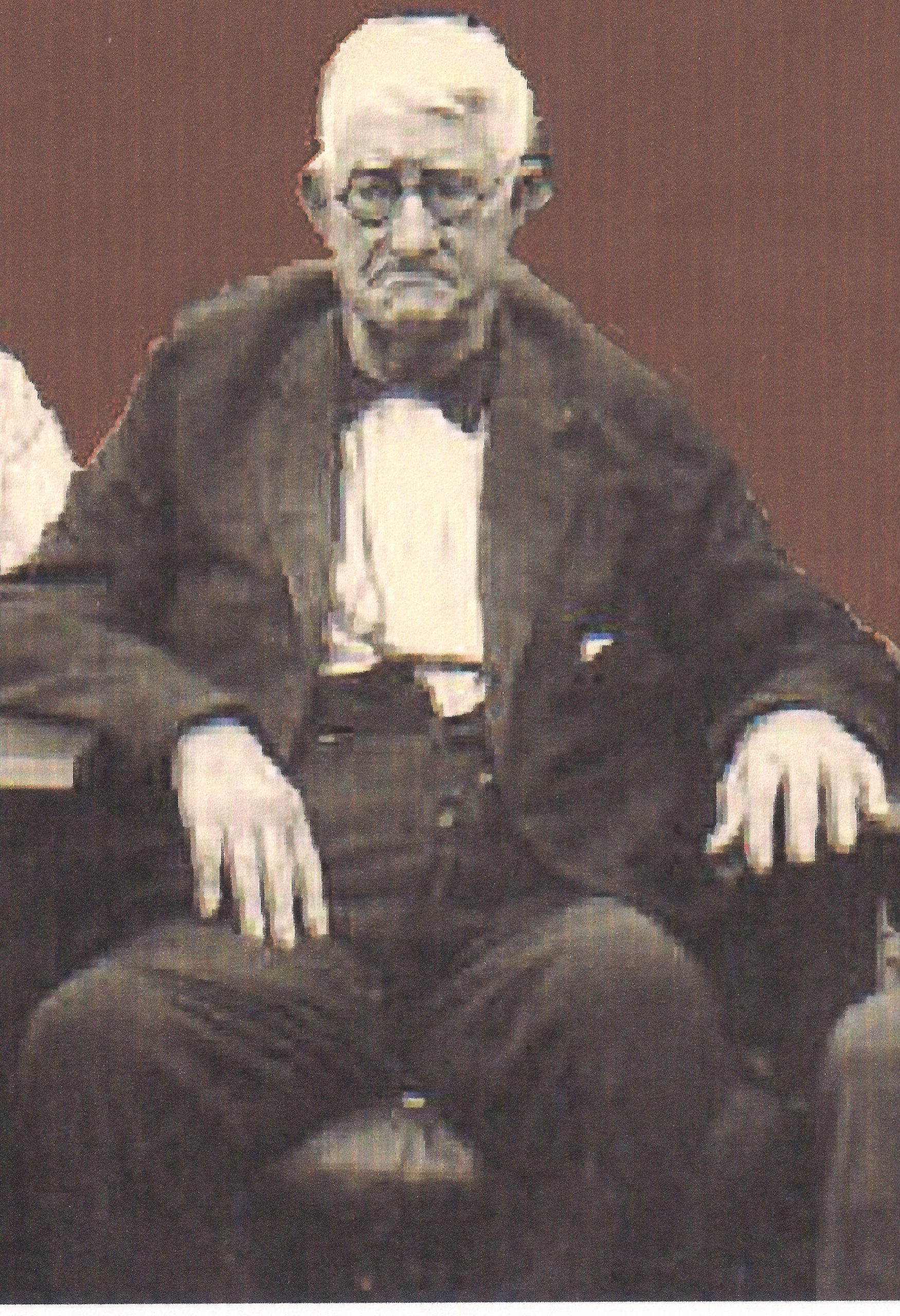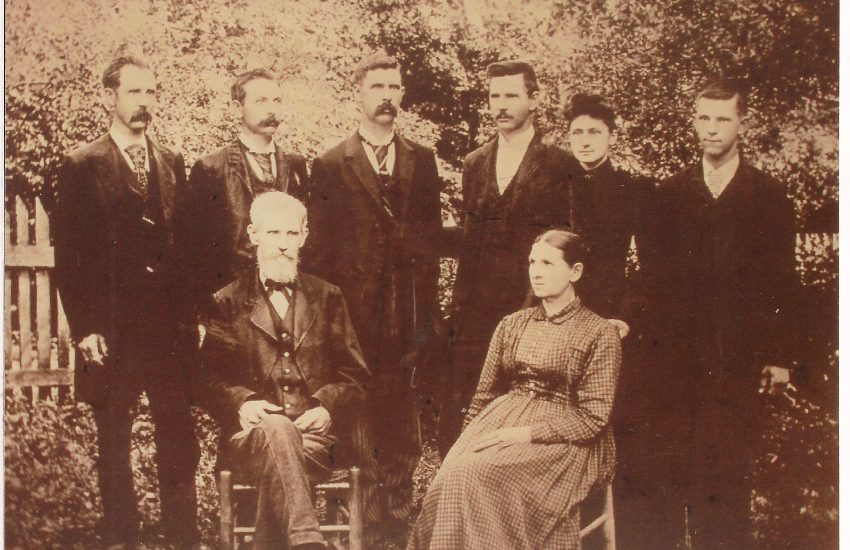Edwin Garrett remembers Uncle Shell
The following story was written and shared with me by Edwin Garrett:
The resourcefulness of our early ancestors is clearly demonstrated by the strategy displayed in this description of Uncle Shell’s ingenious water-drawing mechanism. Situated not more than ¼ mile from our one-room schoolhouse was Uncle Shell Burgess’ house and farm – in fact, the land for the Cedar Grove School had been donated by him. As was typical of that day and time, the land he owned produced practically everything a family needed to survive. In days past, farms* such as this had flourished following the Civil War and the demise of the great cotton plantations; growing sheep for wool to be spun into thread for cloth, cotton for the same use, chickens for food and feathers for featherbeds, broom corn for making brooms, cattle for milk and meat, hogs for food, and on and on the list goes. Fact is, I was born and grew up on a near-by farm like the one just described; however, the Burgess farm had at least one thing ours did not have – Uncle Shell’s ingenious waterworks mechanism for drawing their water. Directly in front of his farmhouse and across the road a deep ravine dropped almost straight downhill at least 200 feet to a spring of water flowing out of a rock ledge at the foot of the gorge. I vaguely remember that we called his mechanism a “trestle” but no one else, even relatives and family members, can remember it being called by that name. As I began to think about writing this article, I started to search every available reference to gather information about this subject but to no avail. After going to Google several times, I finally read the definition of “trestle” and was amazed that it fit the description of the mechanism I remembered almost perfectly. According to Google, Merriam-Webster defined a trestle as such: “A frame made of a horizontal piece between two vertical pieces that is used to support something (such as the top of a table): a complex structure that is used especially for supporting railroad tracks over a valley, river, etc.” That’s exactly the way I remember Uncle Shell’s trestle except instead of supporting a bridge or a table top it supported only a single wire cable centered between the two vertical pieces with a small “pully-like” wheel placed on it to support a 2-gallon bucket full of cold spring water. To the bucket was attached a long rope for letting it down and drawing it back up again when it was filled with water. The rope was let down and retrieved by a crank that had been properly affixed to a two to three-foot section of a small log about 12” in diameter which served as a “spool” for lowering and raising the bucket. A small shed was built above the spool somewhat like a well-house for shelter and protection for the rope and other parts of the apparatus. I cannot recall how many “trestles” were required for this project, but a good guess would be at least six or more. Two would have been needed just to cross the road and probably four more to carry the wire to the spring. A tree could have served as one of the vertical pieces if it happened to be in the right place. As you think upon this ingenious mechanism, you will note that some strategic planning must have gone into its erection. It had to have been designed for the water bucket to stop at exactly the right position under the spring for the bucket to fill and when lowered rapidly it would bounce off the wire. The same was true in bringing it back up, the bucket would swing back and forth losing much of the water if brought up too fast. As I conversed with others via phone gathering information about this subject, my late wife, Peg, was listening and replied that in her childhood she had also seen one of these in operation at a farm across the river at Eastport. She said, “That’s the way the Jimmy Teeples family got their water from the spring.” A small handful of survivors who could remember Uncle Shell and his waterworks began to ponder and wonder about what ever happened to the ingenious system he had devised to ease the burden of “packing” water for household use 200 feet up a steep incline. At last a faded memory emerged and other survivors began to remember also: The system had been broken down by a farm truck carrying a load of hay that was too high to pass under the wire cable and it had been destroyed – possibly to the point of never being repaired again. These are vague memories and not to be taken as absolute fact and only as possibilities, but, none-the-less not beyond the realm reality. *Subsistence farming—According to Google this is farming whose products are intended to provide for the basic needs of the farmer, allowing only a marginal livelihood. This source also states that it was first mentioned 1935-1940. However, I believe that type farming probably began immediately following the Civil War when the mighty cotton plantations of the South faded from the landscape.


